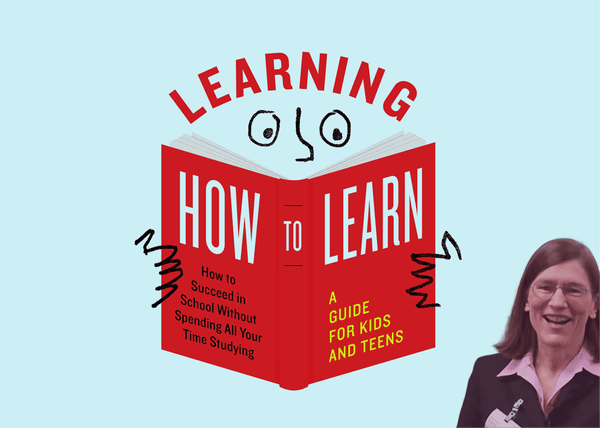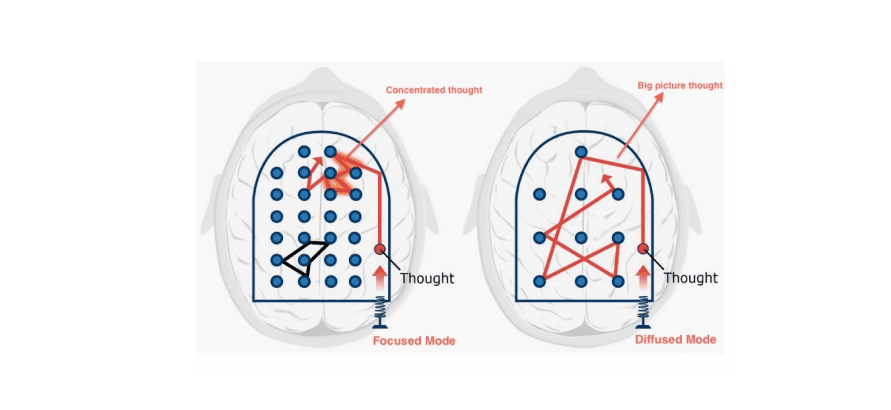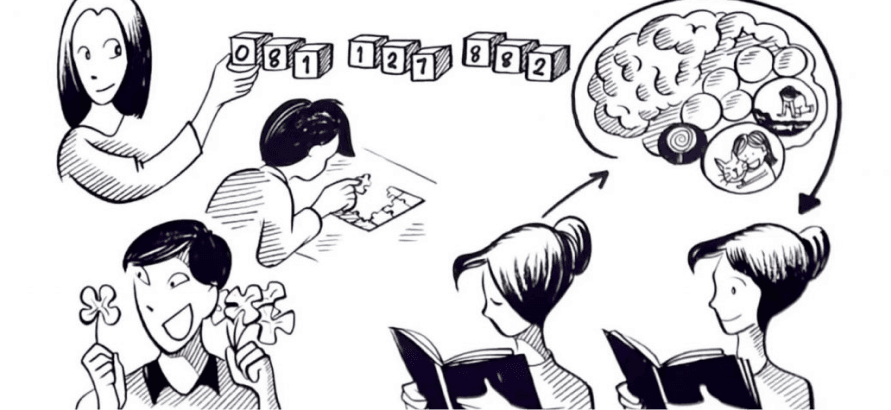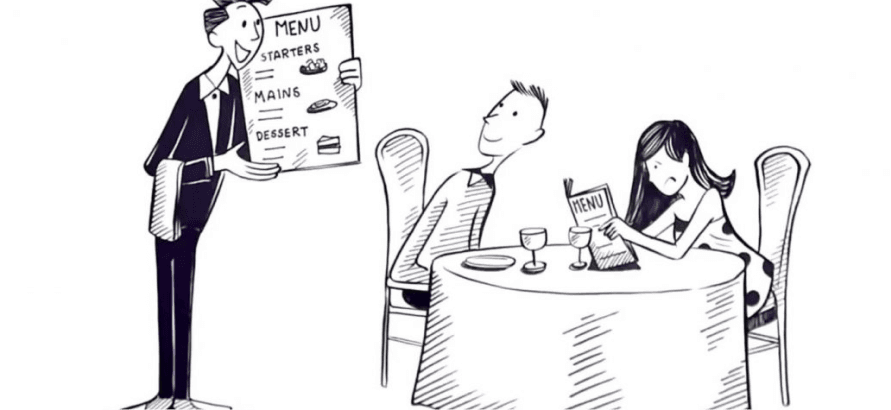What I learned from Coursera's "Learning How to Learn"
Curated from: medium.com
Ideas, facts & insights covering these topics:
10 ideas
·160K reads
725
8
Explore the World's Best Ideas
Join today and uncover 100+ curated journeys from 50+ topics. Unlock access to our mobile app with extensive features.
“Focused” and “Diffused” Modes
When learning, there are times in which you are focused and times in which you allow your mind to wander. Both modes are valuable to allow your brain to learn something.
Take regular breaks, meditate, think about other things, and give yourself plenty of time in both modes.
4.2K
23K reads
Chunking
This is the idea of breaking what you want to learn into concepts.
The goal is to learn each concept in a way that they each become like a well-known puzzle piece.
In order to master a concept, you not only need to know it but also to know how it fits into the bigger picture.
4.02K
17.1K reads
Beware of Illusions of Competence
There are many ways in which we can make ourselves feel like we have “learned” a concept.
Instead of highlighting or underlining, rather take brief notes that summarize keys concepts.
3.88K
18.3K reads
Recall
Take a couple minutes to summarize or recall material you are trying to learn.
It goes a long way to taking something from short-term memory to long-term learning.
3.81K
16.9K reads
Bite-Sized Testing
In order to avoid or break through illusions of competence, you should test yourself as you’re encountering new material.
Recall is a simple example of this mini-testing.
3.55K
15.3K reads
Over-Learning
Do not spend too much time in one sitting going over the same material over and over again. The law of diminishing returns certainly applies. Spread it out over many sessions and over many different modes of learning.
3.83K
15.2K reads
Interleaving
Once you have a basic understanding of what you are trying to learn, practice jumping back and forth between problems that require different techniques. This will solidify your understanding of the concepts by learning how to choose to apply them in various situations.
Know when to apply a particular concept is as important as knowing how.
3.71K
13.3K reads
Process over Product
When facing procrastination, think of the process over the product.
Instead of thinking that you have to get X done, rather think to spend an hour on X. It is then not overwhelming, and doesn't require a long breakdown of tasks.
3.98K
13.7K reads
Metaphors and Analogies
They are often talked about as helpful study techniques.
Try to make a deliberate effort to teach what you learn to someone else and, in doing so, you will likely be forced to explain concepts with relatable metaphors and analogies.
3.48K
12.3K reads
Study Groups / Teamwork
... have proven to be most beneficial to maintain continued progress and hold each other accountable. Finding the right group is key.
3.19K
14.4K reads
IDEAS CURATED BY
CURATOR'S NOTE
Barabara's course is the most popular Crsera course of all times. Now also a book.
“
Chelsea Grant's ideas are part of this journey:
Learn more about personaldevelopment with this collection
The importance of practice and repetition in learning
How to stay motivated and avoid burnout while learning
How to break down complex concepts into manageable parts
Related collections
Similar ideas
10 ideas
Learning to Learn
medium.com
1 idea
A Skill We all Need — Learning How to Learn
link.medium.com
1 idea
Learning to Learn
medium.com
Read & Learn
20x Faster
without
deepstash
with
deepstash
with
deepstash
Personalized microlearning
—
100+ Learning Journeys
—
Access to 200,000+ ideas
—
Access to the mobile app
—
Unlimited idea saving
—
—
Unlimited history
—
—
Unlimited listening to ideas
—
—
Downloading & offline access
—
—
Supercharge your mind with one idea per day
Enter your email and spend 1 minute every day to learn something new.
I agree to receive email updates



